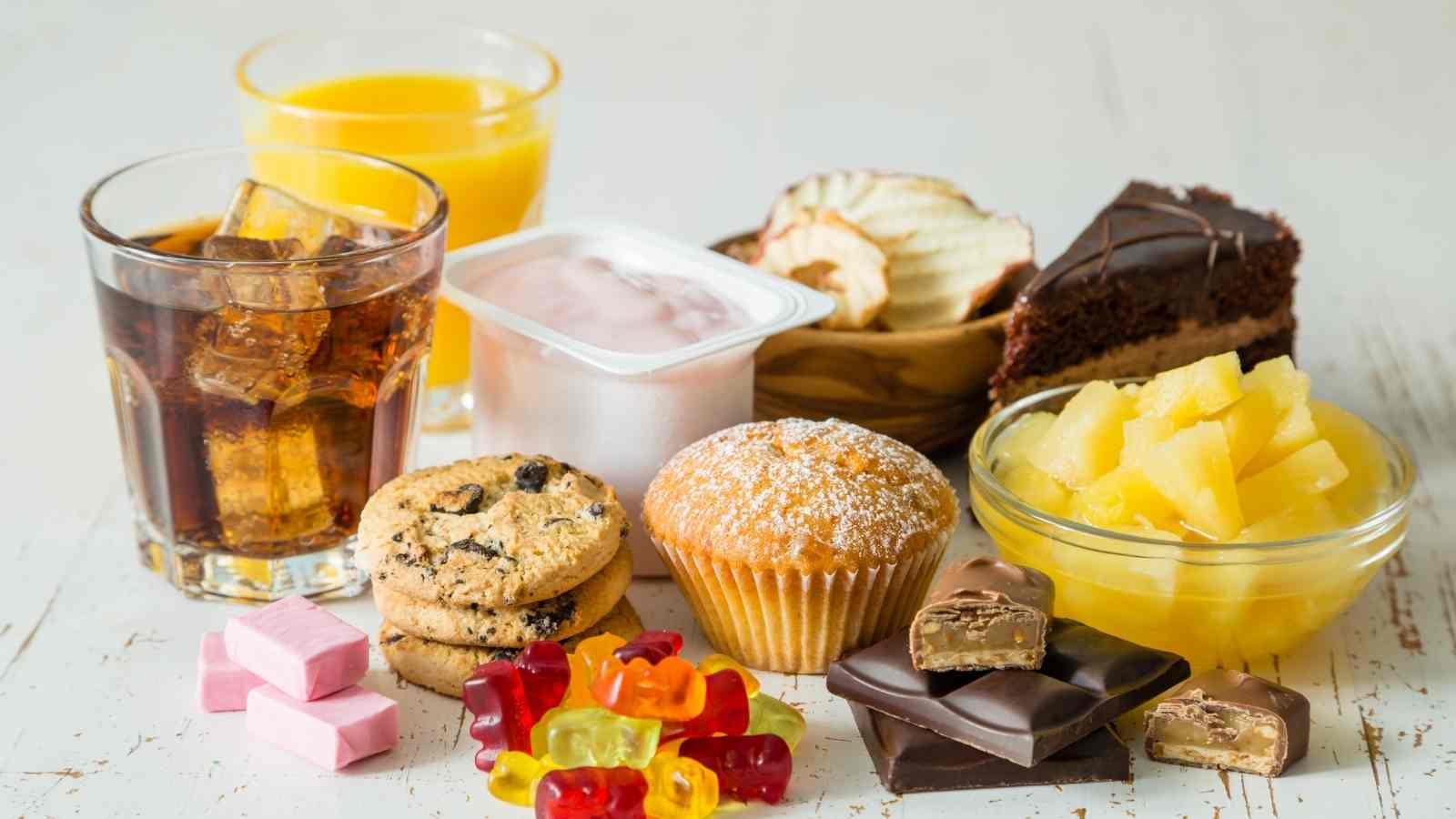When you do a simple online search, you will get three million results detailing what you should and should not consume at that time of the month. Yes, this is the moment when you are on bloody fire because there is no other way to describe the anguish of the feeling of a thousand bursting knives in your uterus except to say that you are on fire.
When you grow up in an Indian family, you are exposed to a plethora of dos and don'ts when it comes to maintaining good health and cleanliness when you are on your period. While one traditional taboo associated with menstruation is avoiding touching pickle bottles during your period every month, we now clearly recognize how totally ludicrous and nonsensical this whole notion is as a result of this new research and understanding. Without any legitimate foundation for the taboo, our generation has been relieved to have called into question and subsequently abandoned this heinous practice.

When it comes to the more practical aspects of menstruation, there is definitely a suggested diet to follow. A diet that contains nutritious meals while excluding anything that might intensify the cramps or aggravate the discomfort is recommended. While food cravings are difficult to resist and cramps and bloating are frequent during the period, eliminating certain foods might help ease some of the discomfort associated with the period. Ironically, the foods that you seek for when you're feeling down may very likely be the source of your annoying feelings, painful cramps, and excessive bloating.
Listed below is a brief cheat-sheet on what foods to avoid consuming while you're feeling teary and emotional. Because, well, they just serve to make your period worse, and who would want to deal with that?
Jump to:
1. Dairy Products
Dairy foods are to blame for everything, including bloating, cramps, and discomfort. Arachidonic acid is found in foods such as milk, cheese, and ice cream, and it is an omega-6 fatty acid that may enhance inflammation and produce cramping in the body.
2. Caffeinated Beverages
We may be madly in love with coffee, but knowing that excessive consumption of caffeinated drinks is associated with an increased incidence of premenstrual syndrome (PMS), we may wish to avoid overindulging. Excessive caffeine use may create anxiety, and symptoms such as cramps, mood changes, and other unpleasant sensations become more noticeable as a result of caffeine consumption. You don't want your poison to be tasty, do you?
3. Foods High in Sugar
When it comes to temptation, sugar cravings are the most pleasurable to give in to. Furthermore, it is not unusual to see ladies and girls gorging themselves on sweets. Dark chocolate is exempt from this rule since it is one of the finest things to indulge in without feeling guilty. Simply avoid consuming doughnuts, cakes, and other manufactured sweets.

In addition, a constant consumption of sugar is associated with the aging process. "Eating too much sugar over time ages the skin, leaving it dull and more prone to wrinkles," says Dr. Daniel Sister, a world-renowned anti-ageing specialist. This is caused by a chemical reaction known as glycation. Advanced glycation end products (AGEPs) are formed when sugar in your circulation binds to proteins and produces damaging chemicals."
Let's establish a basic rule: no refined sugars are permitted.
4. Foods high in fat
When you're having your period, stay away from fatty meals like the plague. The fatty meals are not nice to your body's hormonal shifts, which are occurring at the time. According to the Physicians Committee for Responsible Medicine, high-fat diets have a significant impact on the hormonal activity in your body. So, no burgers for you, gentlemen!
5. Processed/salty foods
When you're experiencing PMS, your salt cravings are at their peak. Although it is natural to go for processed meals since they are the most readily accessible, succumbing to this temptation is the worst thing you can do for your health and wellbeing. It has the potential to leave you feeling bloated and puffy for days on end. Spices may be used to enhance the taste of your cuisine instead.




